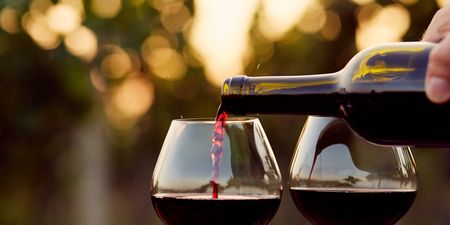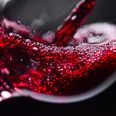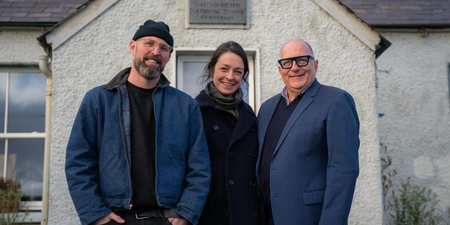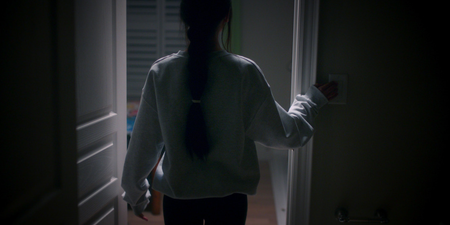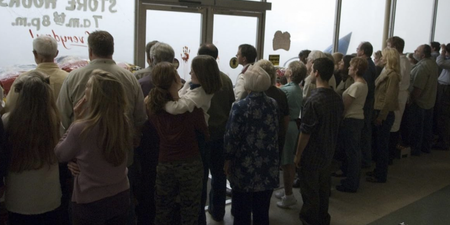Fancy cracking into a tasty Rioja this weekend? Here’s all the info you need to make sure you get exactly what you want.
While the name Rioja is universally famous, it is only when you go there that you realise just how much the area is punching above its weight. The region is relatively small, comprising just 75 square miles and the capital of the region, Logrono, only has 150,000, small by Spanish city standards.
But from that area they produce some of the finest grapes in the world, chiefly Tempranillo, the base of all the Riojas you will see in the Irish market.
We’ll come back to the various blends that make up the Rioja you drink soon but the region of Rioja itself is split into three areas and understanding these will help you when it comes to making your purchase.
The largest is Rioja Baja is the warmest and driest part. It will produce deeper reds, with a higher alcohol content due to the more extreme summer tempratures there.
Rioja Alta is at the west end and, as the name suggests, it is higher than the others. That means the grapes will be fruitier and a bit lighter.
The smallest is Rioja Alavesa, which produces smaller quantities due to the soil, and more acidic wines too.
The folks at Campo Viejo, and most other wineries, will mainly use blends of all three regions to make their riojas, and they use a blend of different grapes too.
Tempranillo is the chief grape, often comprising about 60 per cent of the rioja you drink. It is the grape that brings the familiar robust flavour of the area and it takes on the oak very well in the ageing process. Without it, rioja as you know it would not exist. It is what the wineries do with the Tempranillo that makes the difference.
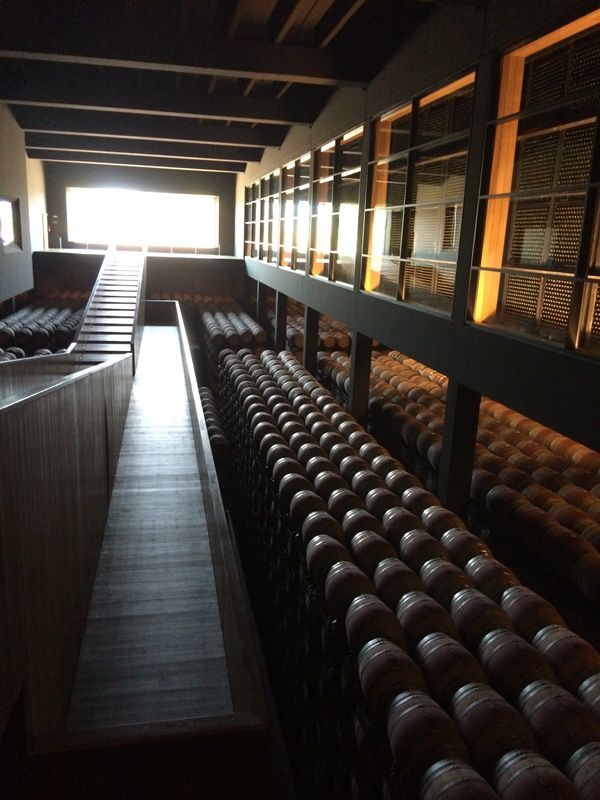
Firstly it will be aged for different amounts of time in different types of oak barrels (above), with French and American oak bringing slightly different qualities to the wine. For example, a sweet vanilla tone will be characteristic of ageing in American oak, while a spicier flavour suggets it is French barrels that did the business.
Using either of these as the base, the Tempranillo will be blended with some or all of Garnacha, Mazuelo or Graciano grapes to give extra fruit, extra alcohol, less tannins, more length on the tongue, whatever the winemaker requires. It is a hell of a skill and one that winemakers spend years perfecting.
The other major factor, and certainly the most important to the end consumer in the off licence, is the category. The basic Rioja is a relatively fresh wine, with little or no ageing. It won’t pack the punch of the older wines, but it will be fruity and very, very drinkable on a warm day.
Next up is Crianza. These will spend at least one year in a barrel and a few months in the bottle before you get your hands on it, That will add bags of complexity to the wine and the notes, be they spicy or sweet, will be evident.
Reservas are where the quality really steps up. Top class blends are selected and aged for at least three years, two of which will be in the bottle. For example, by the time you get to a Campo Viejo Reserva it will be five years old, so it has developed great style and many favour it for the balance it strikes between the fruit of younger wines and oakiness of older riojas.
Gran Reserva is the top dog. Minimum of two years in barrels and three in the bottle, it will be closer to eight years in many cases before they hit the shelves. The very best grapes are used for these, so the numbers of bottles will be low and more expensive. That said, they are definitely worth it, with a huge depth of flavour. If you get a chance, make sure to savour the fantastic smells and open the bottle and pour a decent while before drinking, it will make a ton of difference.
Not only that, but they are perfect for putting away and saving for up to 30 years. If you have the willpower of course.
For a good guide of the different colours each type will have, check out the main pic, and you can see as the wine ages it gets deeper and richer in colour and tone.
Depending on your taste, and budget, there is a rioja for everyone. The traditional image of rioja as heavy and overpowering is wrong as the modern winemakers like Campo Viejo are making fresher, fruitier, more modern wines that are drinkable on their own, while still producing the beefier stuff to enjoy with a delicious bit of steak if you want that too.
For such a small place, and with really just one style of wine, the different tastes and smells they can produce is astounding. If you have yet to try rioja, or have been scared off by its somewhat fearsome reputation, then just give Campo Viejo a try, You won’t be disappointed.
For more on Campo Viejo, check out their Facebook page here or their Website here
LISTEN: You Must Be Jokin’ with Aideen McQueen – Faith healers, Coolock craic and Gigging as Gaeilge






